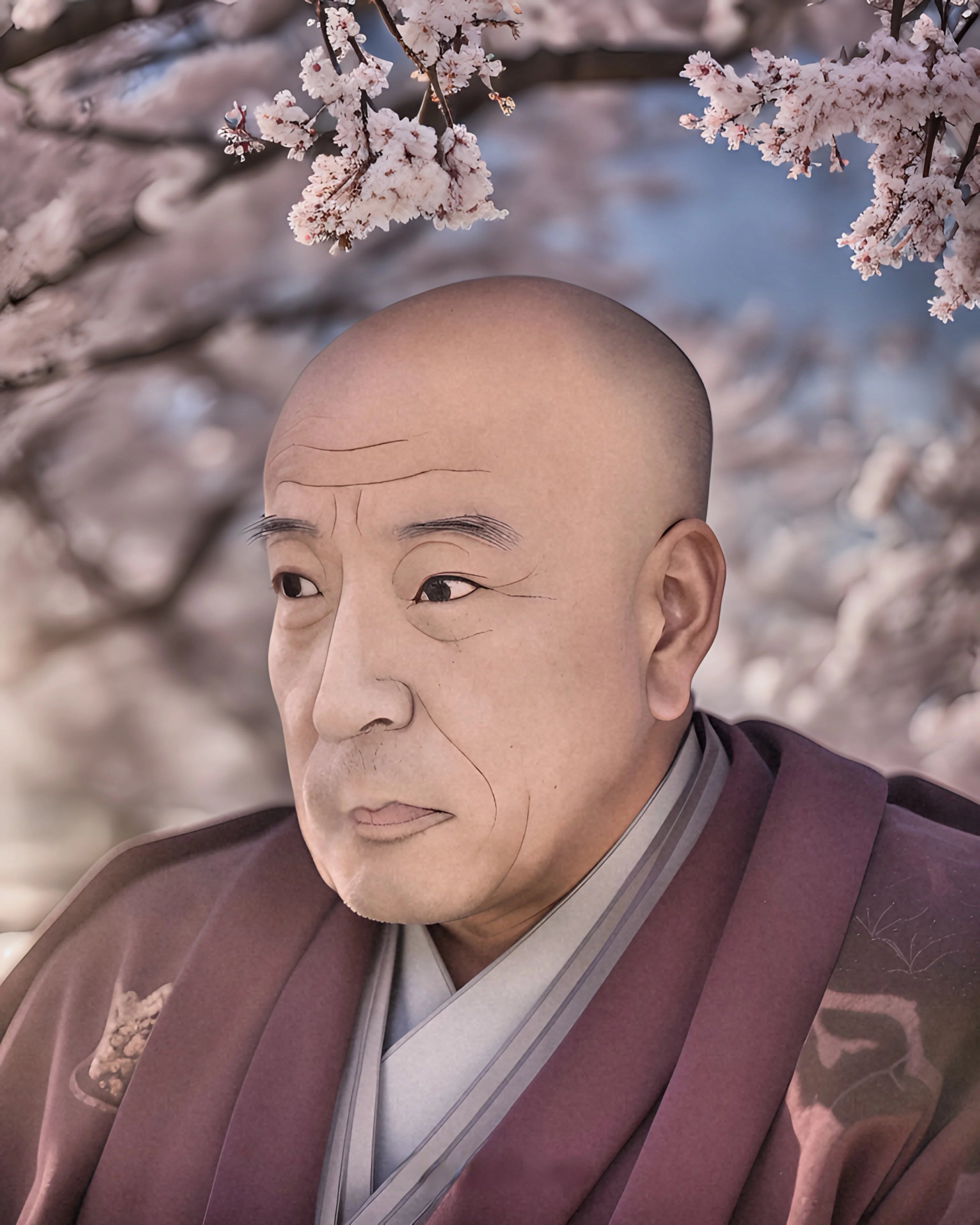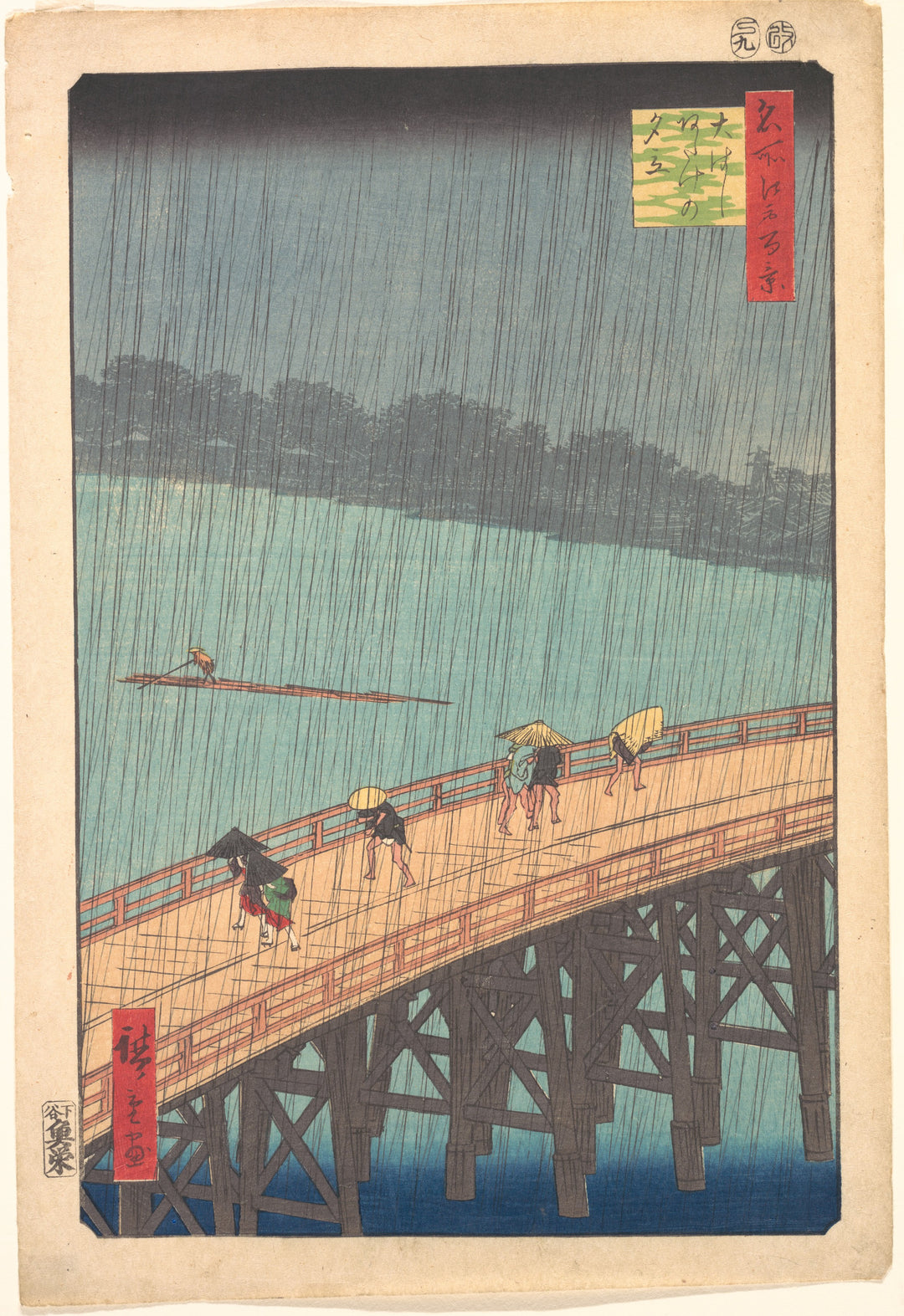
Utagawa Hiroshige

Utagawa Hiroshige, one of the most celebrated masters of ukiyo-e, revolutionized Japanese painting with his detailed and emotive landscapes. Born in 1797, Hiroshige was deeply influenced by the works of Hokusai, another giant of ukiyo-e. This artistic movement, characterized by its woodblock prints depicting everyday life, nature, and urban scenes, found in Hiroshige one of its most talented exponents. The Japanese master stood out especially for his series of landscapes, such as "Fifty-three Stations of the Tōkaidō," which masterfully captured the beauty and atmosphere of the places depicted.
Hiroshige's impact was not limited to Japan; his style and techniques influenced Western artists, particularly during the Japonism movement in Europe. Impressionist painters like Vincent van Gogh and Claude Monet were strongly influenced by his works. Van Gogh even made copies of some of Hiroshige's prints, fascinated by his use of color and composition. Monet, on the other hand, collected numerous ukiyo-e works and adopted their approach to capturing light and landscape in his paintings.
Hiroshige also inspired contemporaries like Kuniyoshi, who shared his workshop, and Utagawa Kunisada, another prominent ukiyo-e artist. Both artists learned and evolved alongside Hiroshige, contributing to the development of ukiyo-e and leaving a lasting legacy in the history of Japanese art. Hiroshige's influence on Western art and his impact on ukiyo-e underscore his crucial role in connecting Eastern and Western artistic traditions, cementing his place as a cultural bridge and an innovator in the art world.
